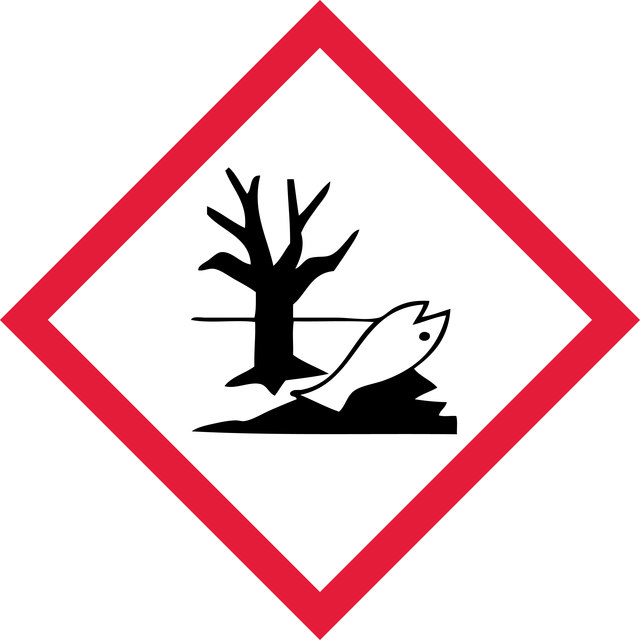41572
Dimethyl selenide
≥99.0% (GC)
Synonym(s):
Methyl selenide
Sign Into View Organizational & Contract Pricing
Select a Size
About This Item
Linear Formula:
(CH3)2Se
CAS Number:
Molecular Weight:
109.03
Beilstein/REAXYS Number:
1696848
EC Number:
MDL number:
UNSPSC Code:
12352103
PubChem Substance ID:
NACRES:
NA.23
Quality Level
assay
≥99.0% (GC)
form
liquid
density
1.408 g/mL at 20 °C (lit.)
storage temp.
2-8°C
SMILES string
C[Se]C
InChI
1S/C2H6Se/c1-3-2/h1-2H3
InChI key
RVIXKDRPFPUUOO-UHFFFAOYSA-N
Related Categories
General description
Atomic number of base material: 34 Selenium
Dimethyl selenide is a high-purity (≥99.0% by GC), volatile organoselenium compound in liquid form, primarily used as a catalyst and a precursor for solution and vapor deposition processes. Its excellent volatility and reactivity make it suitable for thin-film fabrication techniques such as chemical vapor deposition (CVD) and atomic layer deposition (ALD), particularly in the synthesis of semiconductor and optoelectronic materials.
Application
Dimethyl selenide can be used as:
- A precursor to prepare high-quality nanometric metal selenides, which are important for applications in thermoelectric, catalysis, and optoelectronics.
- A key reagent in the synthesis of tin(IV) methylselenolate complex, which is used as a precursor for SnSe and as a conductive interparticle "glue" for colloidal nanocrystals.
- A precursor to synthesize tin selenide (SnSe), which is used as a semiconductor with thermoelectric and electronic applications.
Features and Benefits
- High Purity (≥99.0% GC): Ensures consistency and reliability in sensitive chemical syntheses and deposition processes
- Volatile Liquid: Low boiling point and high vapor pressure make it ideal for vapor-phase processes like CVD and ALD
- Easy Handling
signalword
Danger
hcodes
Hazard Classifications
Acute Tox. 3 Inhalation - Acute Tox. 3 Oral - Aquatic Acute 1 - Aquatic Chronic 1 - STOT RE 2
Storage Class
6.1A - Combustible acute toxic Cat. 1 and 2 / very toxic hazardous materials
wgk_germany
WGK 3
flash_point_f
Not applicable
flash_point_c
Not applicable
ppe
Eyeshields, Faceshields, Gloves
Choose from one of the most recent versions:
Already Own This Product?
Find documentation for the products that you have recently purchased in the Document Library.
Sandra Van den Velde et al.
Journal of chromatography. B, Analytical technologies in the biomedical and life sciences, 875(2), 344-348 (2008-10-22)
Liver diseases can cause a sweet, musty aroma of the breath, called fetor hepaticus. Even in a stage of cirrhosis, the disease can be asymptomatic for many years. Breath analysis might be helpful to detect occult liver pathology. This study
Ximena Diaz et al.
Environmental science & technology, 43(1), 53-59 (2009-02-13)
The removal mechanisms that govern Se concentrations in the Great Salt Lake are unknown despite this terminal lake being an avian habitat of hemispheric importance. However, the volatilization flux of Se from the Great Salt Lake has not been previously
Dijana Juresa et al.
Analytical chemistry, 78(24), 8569-8574 (2006-12-15)
Recent work has shown the presence of volatile selenium metabolites in human urine and suggested that these compounds could compromise quantitative selenium analyses by ICPMS. We show that with a commonly used sample introduction system (pneumatic nebulizer and spray chamber)
Daniel Kremer et al.
Analytical and bioanalytical chemistry, 383(3), 509-515 (2005-09-15)
The amount of volatile dimethylselenide (DMSe) in breath has been monitored after ingestion of sub-toxic amounts of selenium (300 microg (77)Se, as selenite) by a healthy male volunteer. The breath samples were collected in Tedlar bags every hour in the
Yuki Ohta et al.
Chemical research in toxicology, 22(11), 1795-1801 (2009-09-01)
Selenium is an essential trace element found in vegetables as selenomethionine (SeMet) and methylselenocysteine (MeSeCys). In the present study, we used stable isotopes of Se to investigate differences between how SeMet and MeSeCys are metabolized, using methylseleninic acid (MSA) as
Articles
High Purity Metalorganic Precursors for CPV Device Fabrication
Our team of scientists has experience in all areas of research including Life Science, Material Science, Chemical Synthesis, Chromatography, Analytical and many others.
Contact Technical Service

